Breaking News: Solar Storms Disrupt Satellite Operations and Mars Mission
A pair of powerful coronal mass ejections (CMEs) from the sun's surface crashed into Earth's magnetic bubble on Tuesday night, sparking a geomagnetic storm that caused spectacular light shows in night skies. However, the solar activity also posed a significant risk to satellites in orbit and those en route to space, prompting NASA to scrub its latest Mars mission, ESCAPADE, just hours before launch.
The CMEs, which were fired off the sun on Tuesday, arrived at Earth on the same night, causing a geomagnetic storm that peaked at 11:30 PM EST. The solar activity continued into Wednesday, with NASA and other space agencies closely monitoring the situation. The Blue Origin rocket carrying the ESCAPADE mission was scheduled to launch on Wednesday, but the company announced a delay due to the elevated solar activity.
The immediate impact of the solar storm was felt by satellite operators, who scrambled to protect their spacecraft from the charged particles streaming towards Earth. The European Space Agency (ESA) reported that some of its satellites experienced minor disruptions, but no major damage was reported. The International Space Station (ISS) also took precautions to shield itself from the solar radiation.
The background context for this event is that coronal mass ejections are massive solar explosions that can affect Earth's magnetic field and cause geomagnetic storms. These storms can disrupt satellite operations, communication systems, and even power grids. The solar activity is a reminder of the importance of space weather monitoring and the need for satellite operators to be prepared for such events.
As the solar activity continues to subside, NASA and other space agencies will closely monitor the situation to ensure that the ESCAPADE mission can launch safely. The mission, which aims to explore the Martian surface, is now scheduled to launch on Thursday, pending further assessments. The incident serves as a reminder of the complex and dynamic nature of space weather and the importance of preparedness in the space industry.
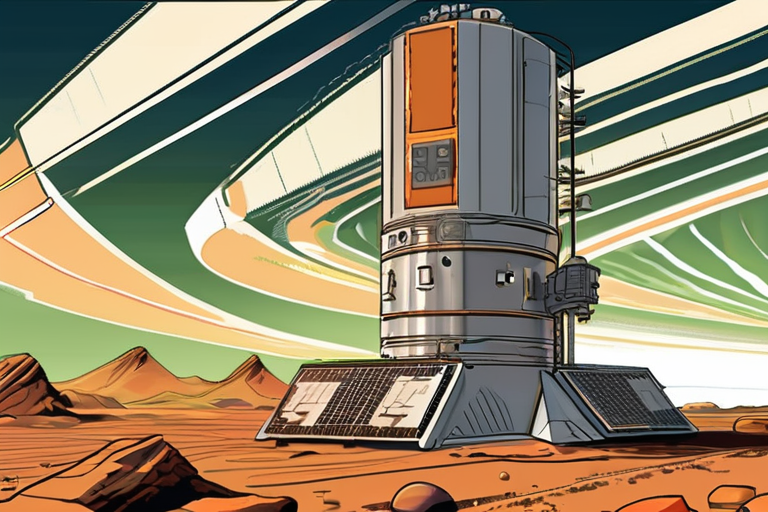







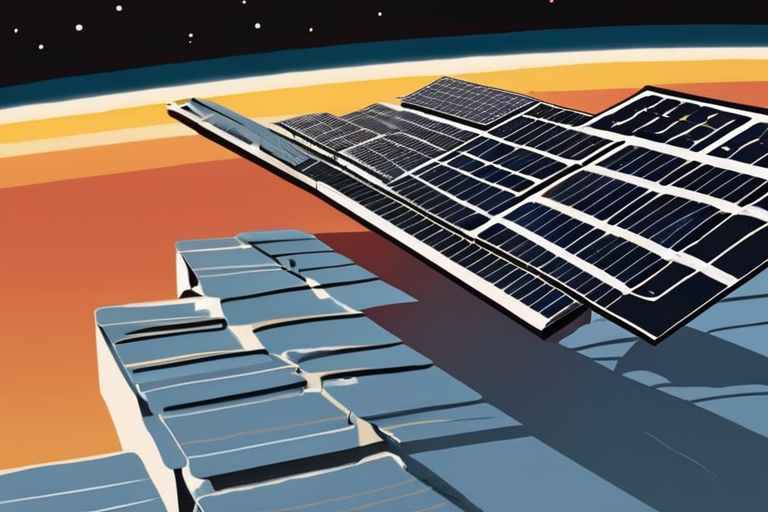
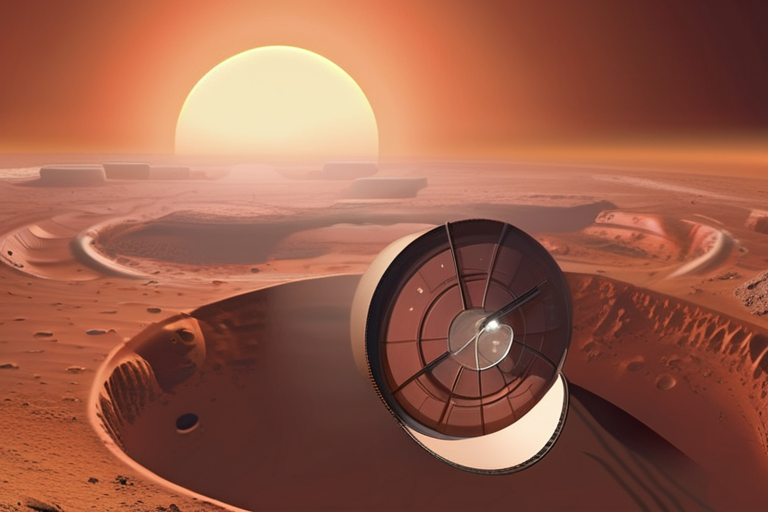




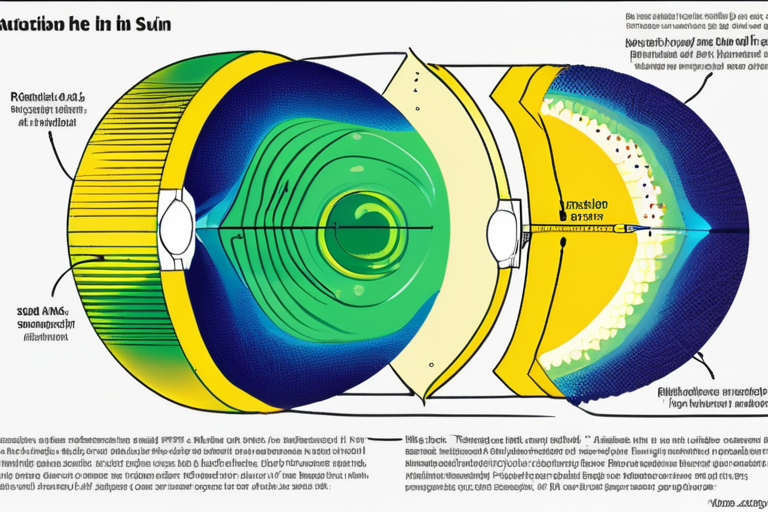
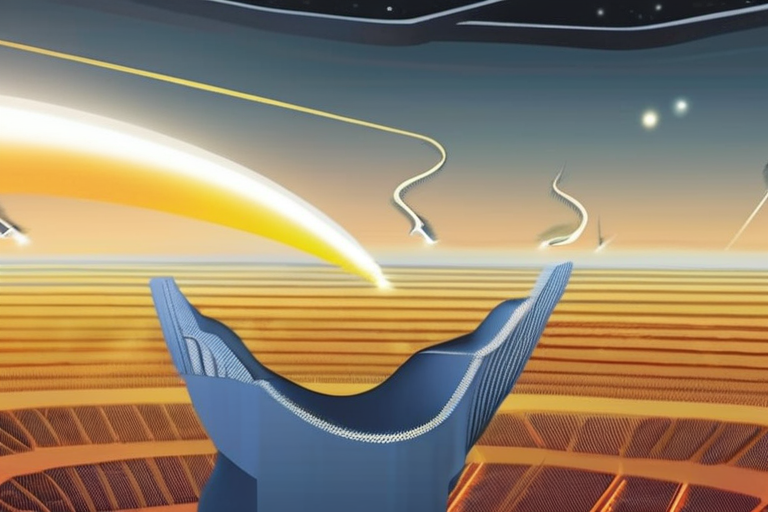

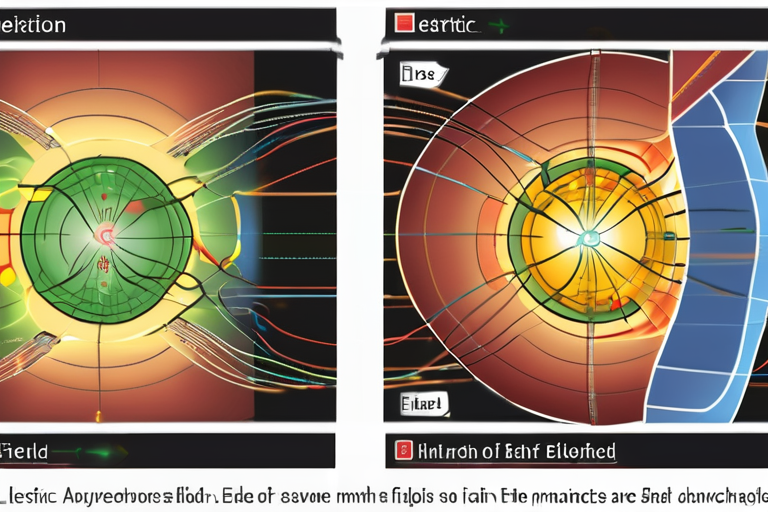


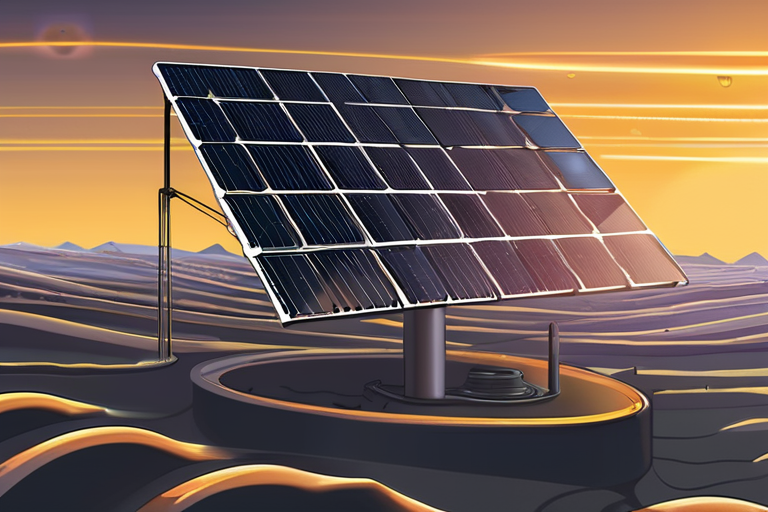

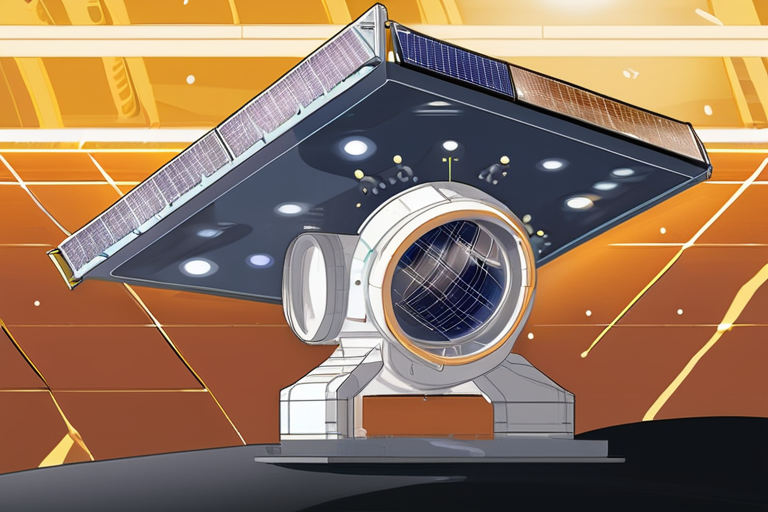
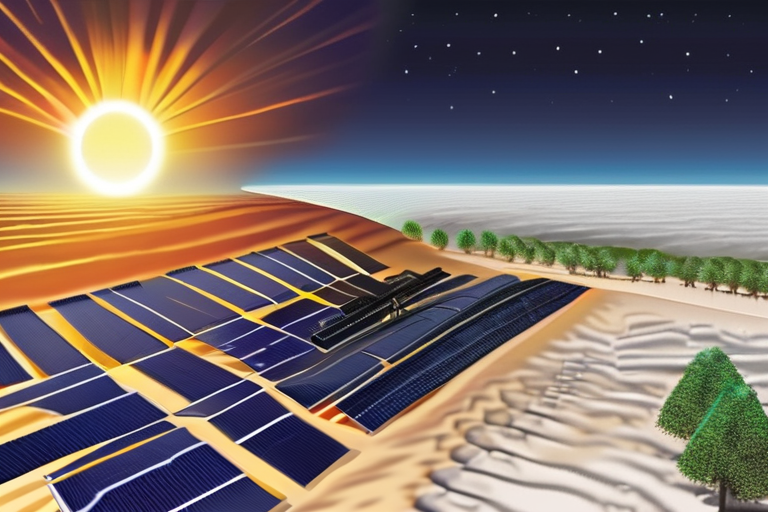


Share & Engage Share
Share this article